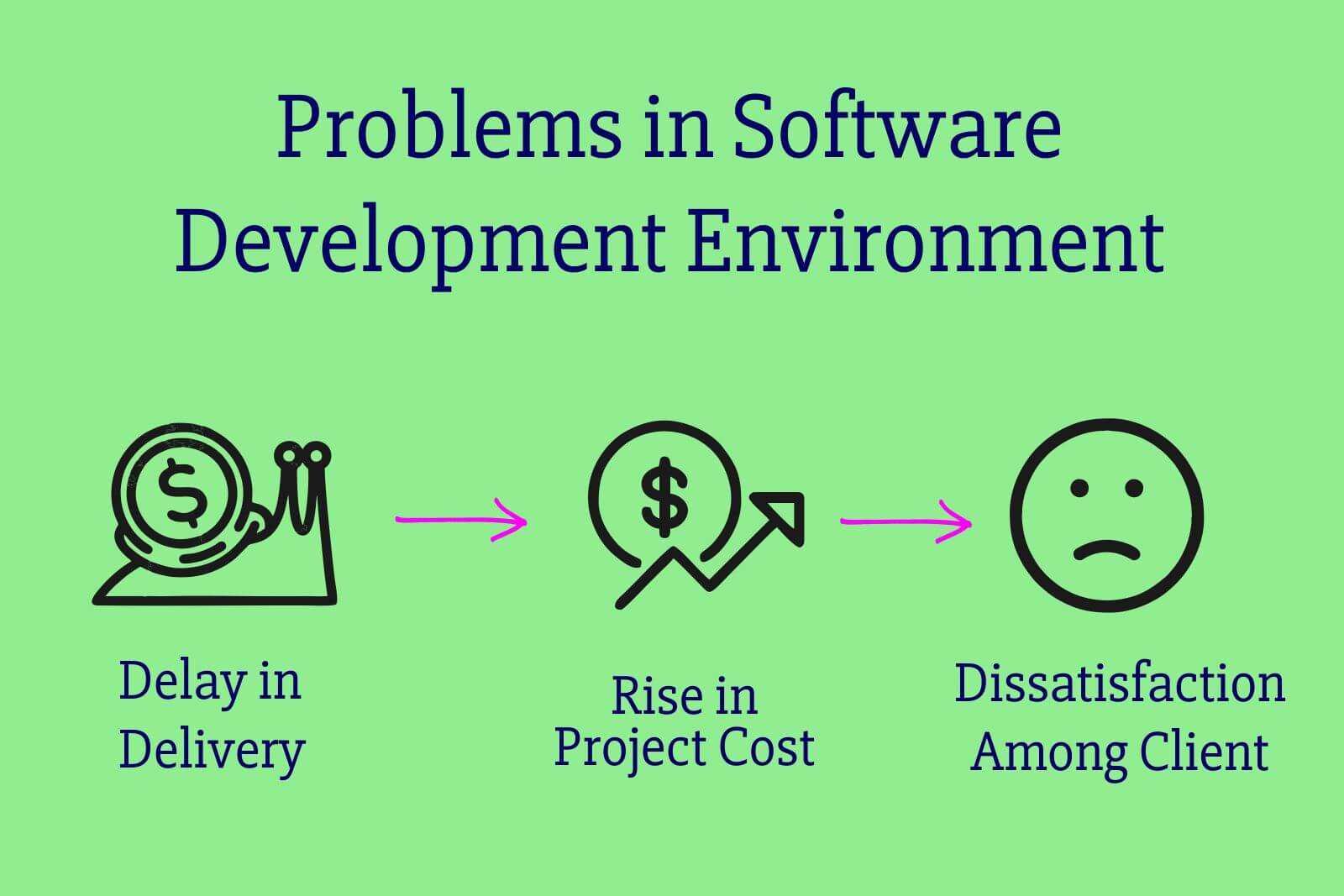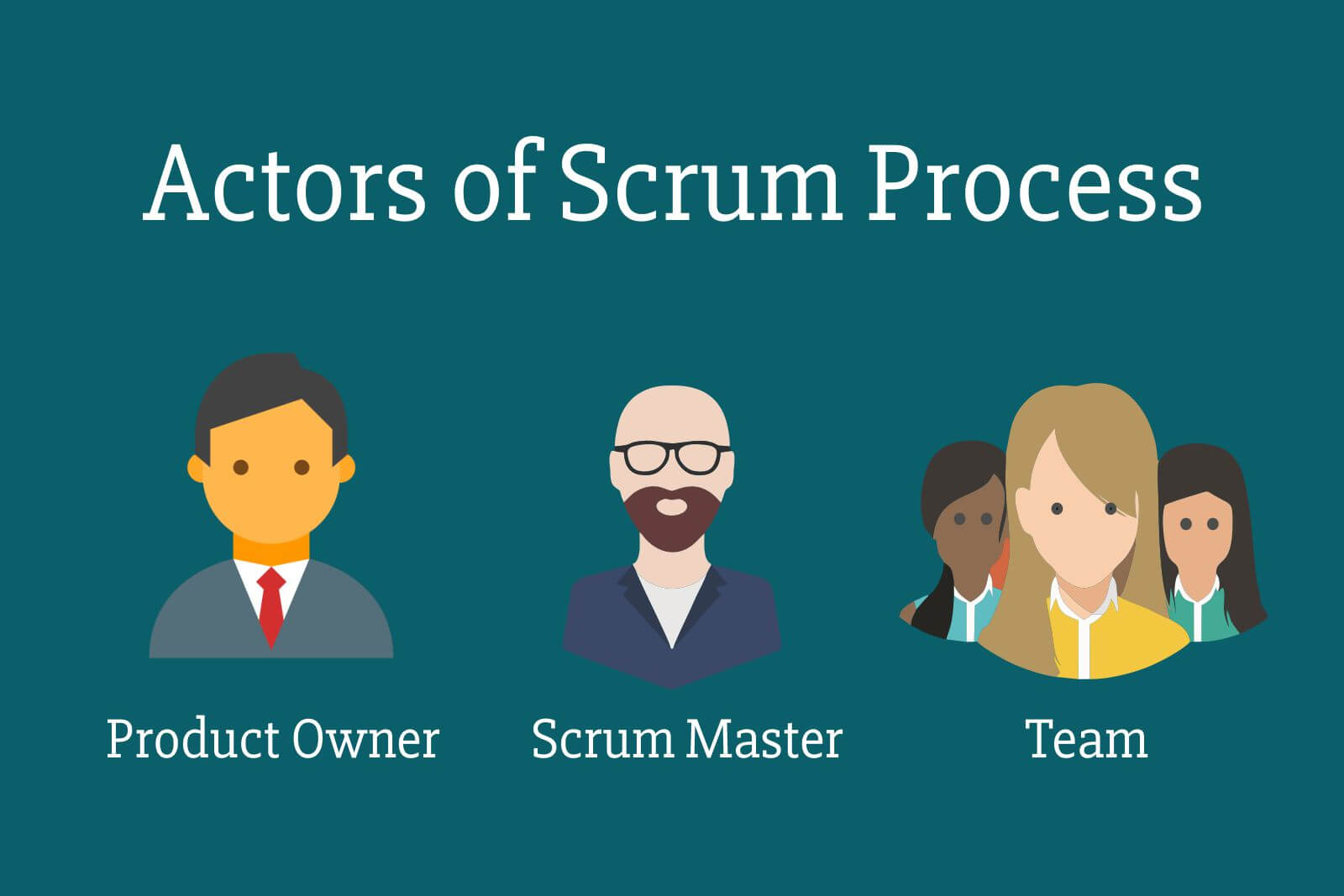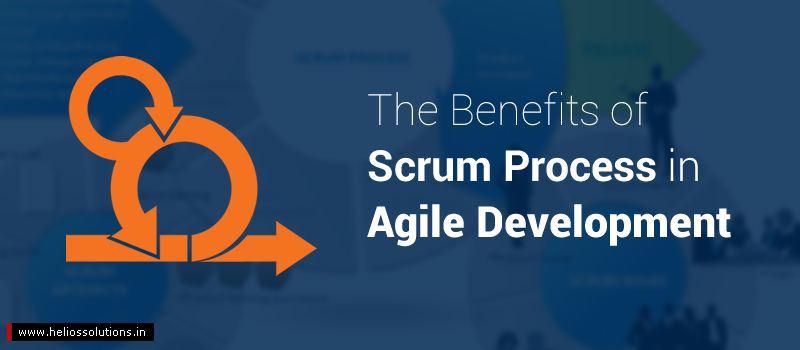Thinking of the most agile way to manage and build your software projects? Then you are reading the appropriate blog. Yes, you may have many approaches to software development but adapting the right one that suits your development environment and the project requirements is challenging.
In a software development project, we may be aware of how the project will be started but we cannot predict the development process! Yes, parts of it can be foreseen but it becomes difficult to keep a track of the project. If there is any delay, then it causes the project cost to rise and leads to client’s dissatisfaction. We need to still be prepared for all those hidden bugs and environment issues while building the next big thing.

Why go with Scrum in Agile Development?
The process to ease out the development cycle and their areas of communication is easier with scrum process. It enables developers to save time and organize the development process. It offers clarity to the client and the development team along where the Scrum Master becomes the mid-wife in this process.
Scrum Master at Helios Solutions believes “The most important of all, the team and the client can keep the track of progress made in the project and fight the hurdles effectively.”
Scrum offers segregation of the software elements, so studying each element or part of the software becomes easier. This way the client or the project manager can experience each part and determine what to do next. Scrum enables predictive analysis. Also, there is greater control over the project and there is track of all the levels of the project. It enables the user to have more power to prevent delays.
The process is broken into smaller pieces i.e. software development parts. Then a plan is created to build the very important features first. And it is important to build those set of features in the decided time.
recommended read – Software Development Evolution: From Waterfall To Agile To DevOps
Avails Minimum Viable Product is Feasible in Stipulated Period of Time
The Scrum Process
Scum makes everything visible and clear. It is not just a process, it is a software development project management and tracking method that helps the team and its stakeholders to understand the progress of the project and also take the right actions. It allows the developers and the Scrum Master to make the adjustments to keep the process going and deliver in the decided time. It also enables the solution under development to adapt to the development environment. So how does the process go? There are several tools to use Scrum in Agile Methodology which will be explaining soon after you understand the process.

3 Main Actors of a Scrum Process
- Product Owner/ Client
- Scrum Master
- Software Development Team
Step 1: Create a Backlog
The backlog will have all the ideas and interests expressed by the client. Creating this backlog helps in the next step of prioritizing and estimation of each feature or functionality decided by the client. Here, creating a backlog is listing down all the required features, modules and the scope of work in a software development project that are desired by the client. But not necessary that all of it will be developed.
Step 2: Prioritizing & Estimation
When you have all the requirements in place, the Client, Scrum Master and the team of developers need to understand the features that are of the highest priority in the project from the client to choose the items and sort them priority wise. After understanding the requirements, the team will prepare the estimate for each part of the project. There are various ways of estimation and companies adopt their own ways of doing so. Here, it is important to identify what adds value to the business idea or the business. It is important to prepare the priorities from Most Imp to Least Imp. For this, the whole idea of prioritizing can be done with the help of project management tools like JIRA etc. Once this is in place, you can release backlog.
Step 3: Sprint Backlog
The Sprints are nothing a list of tasks to be implemented in the decided time period. Generally, the timeline for development units for each sprint is between 3 to 30 days. There are many sprints in a development project and its backlog. Sprint meetings are conducted between the client and team to select the priority item for upcoming sprint. The sprint is selected from the Release Backlog. A Sprint meeting is done before and after each sprint.
3 Requisites of Scrum Process
1) Sprint Planning: Indulging in Sprint Planning enables the team and the Scrum Master to envision a particular sprint and identify areas that need to be implemented in the new sprint. The selected features are then placed in the Sprint Backlog which are then assigned to the team members.
2) Daily Scrum: This takes place every day to have clarity before beginning the sprint work for a particular day. This also helps in keeping a track record of the daily tasks implemented and its status. The team can create tickets for issues and improvements and attend to them in that day.
3) Sprint Review: A review is conducted after the sprint is completed where the team represents the implemented features to the Product Owner/ Client and the Client reviews the work done. This meeting helps to decide what to do next. Here, the client can see the project process and share feedback. This helps in meeting the desired requirements.
Questions to be asked in the Daily Scrum!
The daily scrum is an important part of the Scrum Process. The purpose of a Scrum Daily is to synchronize the work of the team members and address if there are any issues.
Which are the tasks completed?
What are the tasks that are you will be implementing now in this sprint?
Which are the commitments that stand in the ways of your projects?
Benefits of Scrum Process
Adaptability
The Scrum Process is designed to embrace change. It has the ability to adapt to the development environment as it follows an empirical process control and iterative delivery method. This makes the software project adaptable and open to changes at any given point of time without affecting the development environment.
recommended read – The Ultimate Mix: Agile Development With DevOps For Building System Interaction
Customer Centric
Its purpose serves the idea of successful delivery. It includes two main aspects the user’s perspective and the business perspective. The structure offers a very customer oriented process.
Track Progress
The client can see the progress and also give feedback to the team. This prevents the development team to know about the features that were not asked for. If the sprint is not completed in the decided time then it is understood that the sprint there is a problem in the implementation and it needs to be fixed. This will also avoid delay in the project.
Tools for Scrum Process
- JIRA Software
- Git Stash
- Srumblr
- AgileFant
- iceScrum
- Tackle
- Fireeye
Become Agile with Scrum Process
When it comes to Agile Development, we have been following Scrum Process for many projects and we are successfully implementing projects where our developers feel that their efforts are worth it with this approach to software development. The Agile Process provides a return on effort and avails a development environment which helps in achieving qualitative solutions. We hope this read has provided with an insightful introduction to Scrum Process. To know more, you can always get in touch with us. Go Agile with Scrum Process!




